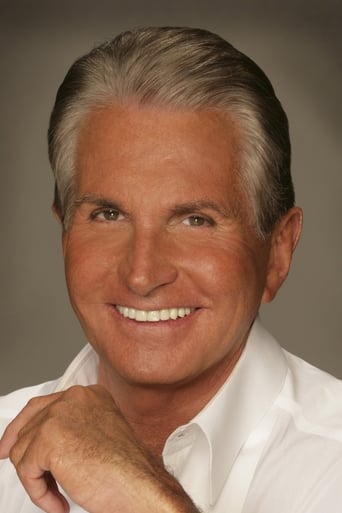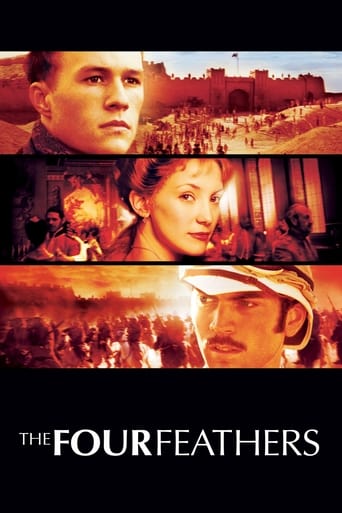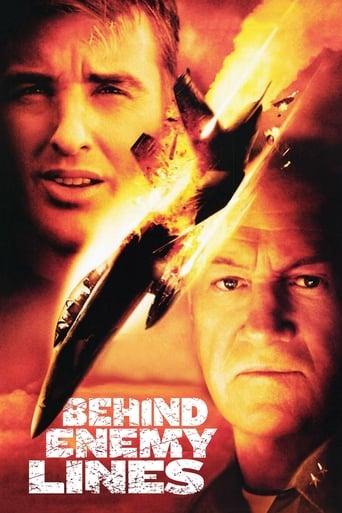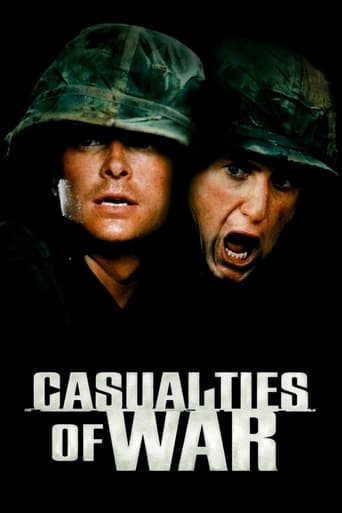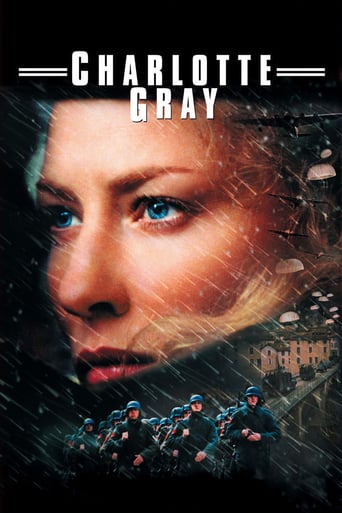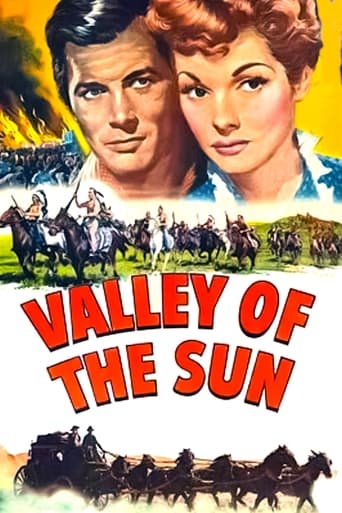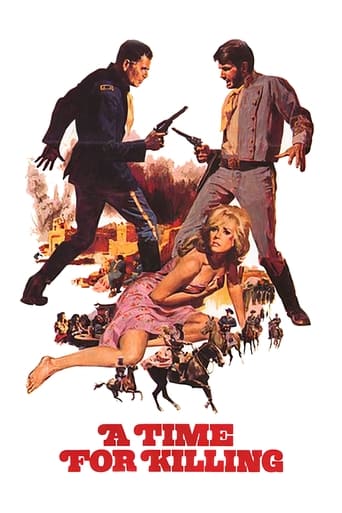

A Time for Killing (1967)
During the Civil War, Confederate soldiers escape from a Union prison and head for the Mexican border. Along the way, they kill a Union courier bearing the news that the war is over. Keeping the message a secret, the captain has his men go on and they soon find themselves in a battle with the Union search party who also is unaware of the war's end.
Watch Trailer
Cast
Similar titles
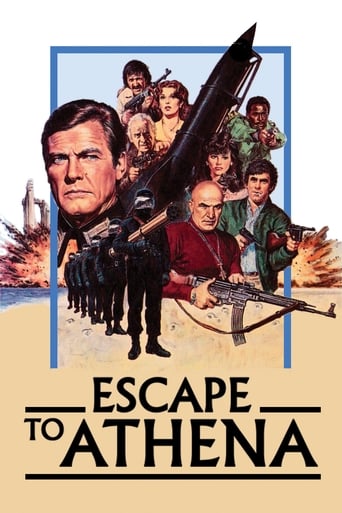
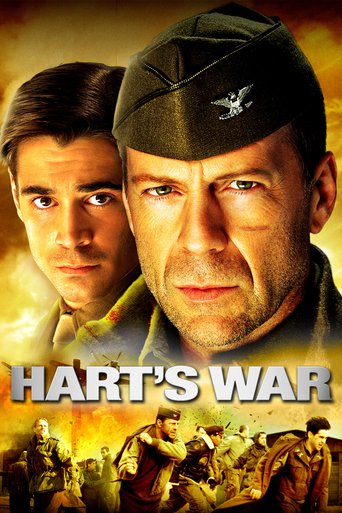
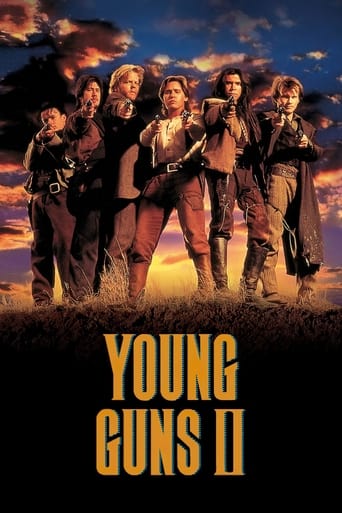
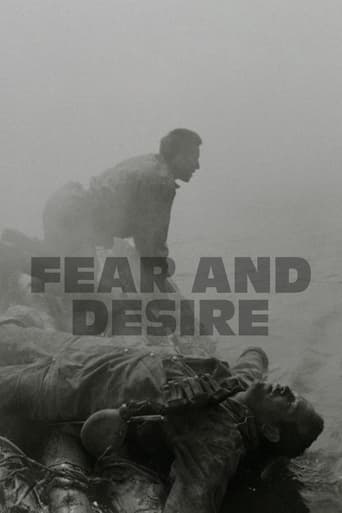
Reviews
Captivating movie !
Absolutely Brilliant!
Entertaining from beginning to end, it maintains the spirit of the franchise while establishing it's own seal with a fun cast
It is neither dumb nor smart enough to be fun, and spends way too much time with its boring human characters.
Toward the end of the Civil War, Union officer Maj. Tom Wolcott (Glenn Ford) is hot on the heals of a band of escaped Confederate prisoners headed for the Mexican border. The mission is especially important to Maj. Wolcott as the Confederates have kidnapped his fiancé, Emily Biddle (Inger Stevens).Overall, A Time for Killiing is a real mixed bag with the bad generally outweighing the good. One of my chief problems is inexplicable character motivation. Characters are liable to do just about anything from scene to scene. There's no consistency, with Maj. Wolcott being one of the worst offenders. The direction and plot are also weaknesses. The direction is often flat and the script does little to provide surprises. And there are moments where scenes go from location to indoor sets that's often jarring. Add to that overly bombastic and repetitive music, inappropriate comic relief, and Max Baer, Jr., and the problems are obvious. Despite its problems, there are positives. Some of the acting is quite good. Ford gives his excepted quality performance. Stevens is both good and beautiful. And I was also impressed with Harry Dean Stanton (always good) and Todd Armstrong in supporting roles. Another plus is the scenery. When the production is on location, the scenery is breathtaking. I'm giving A Time for Killing a 4/10.
It aired on TCM last night and as I remembered that when it came out in 1967 I walked out of it, I wanted to see just how bad this thing was, or if I was that impatient. I rarely walk out on films.As soon as the credits ended, I was reminded of one of the initial negative reactions I had to the film. We get a title song under the credits (left over from when the production title was "The Long Ride Home") and as soon as the director credit disappears, so does the song. As in someone picked the needle up off the phonograph record before it was done. That's only the first example of the kitchen blender editing that goes on in this film.A group of Confederates are in a Northern fort, caged in a big pen and apparently treated decently by Major Glenn Ford. The leader of this group is played by George Hamilton and when his accent isn't atrocious, it's gone. The editing faults show up again when somehow a bunch of the rebels kill some guards, turn the fort's cannons around and begin firing on it. We just don't get to see how they managed to get out of the holding pen in which they were confinedThey escape through some magical tunnel that leads to the river, but with no establishing shots, we have no idea of how far that tunnel goes. We never even get a shot in the tunnel. The rebs manage to catch up to and defeat a previously departed detail that includes Ford's betrothed Inger Stevens and they accomplish this by magically hiding in trees that manage to be right in the path of each Union soldier in the detail as they attempted to scatter when fired upon.There's all sorts of exposition here to show us what a mean bastard Hamilton is - he's left most of his men behind when he should have waited for them at the river. There's so much exposition that we forget that top-billed Glenn Ford is even in the film since he disappears for about a half-hour. Ford's search party includes two comic relief types (one of whom is Dick Miller) who seem to have walked in from another movie or an episode of "F Troop." This is made more apparent as they are frequently seen in obvious studio shots that don't match the surrounding footage shot on location.It was at this point that I recalled that this film was started by Roger Corman but it was usurped by the studio and given to Phil Karlson. Corman's involvement would explain Dick Miller, but the handling of his scenes might explain why Corman was dismissed. Apparently it was enough of a disaster for longtime producer Harry Joe Brown to quit the business.Harrison Ford (billed with middle initial "J") gets reasonably prominent billing but he disappears once the film leaves the fort - we don't see if he's killed while the rebels escape. Paul Petersen is given very prominent billing above the title, but he doesn't show up with any dialogue until Glenn Ford comes back into the film in the last half-hour. That's just as well, Petersen is horrendous in his few scenes.Even worse is Max Baer, Jr. as a whacked-out Confederate who loves killing and physically sparring with a buddy. This goes on my list of all-time worst performances and it indicates why Baer never got beyond Jethro Bodine on "The Beverly Hillbillies." Surprisingly effective is Todd Armstrong as Hamilton's sympathetic second-in-command yet this was his last feature film. As George Hamilton's moral conscience, he has the most well-written role in the film.There is one strong plot twist here involving Inger Stevens that is quickly thrown away. En route, Baer comes across a Union dispatch carrier and kills him, taking from him the message that the war is over. The message couldn't have been that important to the carrier anyway as he's hanging out in a cantina with a bunch of whores. Hamilton swears Baer to silence (this way he "can kill more blue-bellies") as he wants to engage in a cat-and-mouse game with Ford.This makes no sense as there would be no need for further pursuit but that would mean that the film would end just as abruptly as the title song. So just in case, Hamilton rapes and beats Stevens after telling her that the war is over. He leaves her there, but when Ford (the Glenn one, not Harrison) catches up to her, she fails to tell him that the war is over. She wants vengeance for having been spoiled. The film makes little more of that motive.I could go on, but the film isn't really worth the verbiage I've given it thus far. Consider this a public service message and beware at all costs.
During late Civil War some Confederate soldiers getaway from an Union prison and head toward Mexico. Then a battle of wits pits a tough Union captain (Glenn Ford) against sadist Confederate Major (George Hamilton) when the latter abducts his love interest (Inger Stevens) . After that, the infuriated woman seeks revenge on the man who raped her . Meanwhile , a confederate soldier kills an Union courier who holds a message saying that Civil war is over .The picture contains action Western , continuous horse riding , shootouts and some violence . This violent cavalry-Western and hard on themes is full of noisy action , thrills , chills and results to be quite entertaining , though mediocre . The gratuitous violence brought quite criticism in the newspapers, though the director declared that it was utterly necessary . Harry Joe Brown wrote a personal check to Columbia Pictures for $1,000,000 to cover the costs of going over budget . Good duo protagonist as Glenn Ford and George Hamilton , though make exaggerated acting . It appears credited prestigious secondaries as Timothy Carey , a young Harry Dean Stanton and a youngest Harrison Ford , being his first credited film role . Furthermore , the veteran Kenneth Tobey and Dick Miller , Roger Corman's usual , who appears uncredited as director . Rare and thrilling musical score for an Old West movie . Colorful and atmospheric cinematography by Peach . The motion picture was regularly directed by Phil Karlson . There were no half measures in this filmmaker . He would make adventure movies or violent and noir films . As he directed Western as ¨Gunman's walk¨ , ¨They rode west¨, ¨Texas rangers, ¨Iroquois trail¨ and Gansters genre or Noir films as ¨Phoenix city story¨ and ¨Scarface mob¨ . Failure alternated with hits through his career, though Karlson's direction was more than successful in ¨ Walking tall¨ with invaluable help of Joe Don Baker . Rating : Acceptable Western ; George Hamilton and Glenn Ford fans will enjoy their idols .
Despite his advancing age, Glenn Ford made a number of westerns during this period, this one being one of his weakest. It does have an eccentric cast, most notably George Hamilton, who doesn't fit at well here. It's not that he can't act, but his look and demeanor come off a bit too "nice" for a character who should be meaner and grittier. Oddly, he has much more screen time than Ford, though maybe that's for the best since Ford seems a bit bored and uninterested in the little we see of him. It's not like the script is inspired or anything, giving us weak characters, unfunny comic relief (despite some brutality shown or implied several times), and even offensive racial stereotypes. Not to mention an underwhelming ending that at the same time feels unfinished. The production quality is also surprisingly cheap and sloppy at times, not just with some incredibly bad editing, but with obvious post-production shots and sequences shot in a studio instead of outdoors on location. Probably wasn't the inspiration for the movie "The Hunting Party" made several years later, but who knows.

